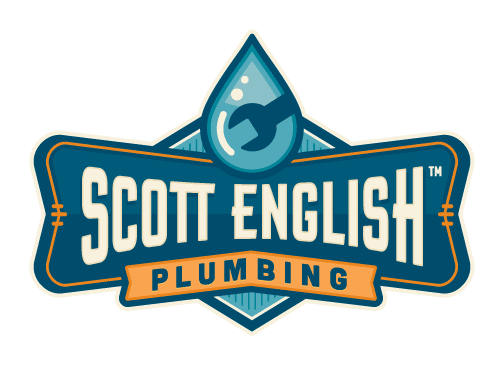How to Replace Your Showerhead
Showerheads don’t last forever. They begin to leak, corrode, clog and become outdated. And, sometimes, you just want a new showerhead. Luckily, replacing your showerhead is something that almost any homeowner can tackle.
In this guide, we’ll talk about each step of the showerhead replacement process so that you can follow along at home. And, if after all is said and done you still aren’t confident in your ability to do the job, contact Scott English Plumbing, Inc. We’re always standing by to help.
Step 1 – Pick a Showerhead
Before you start replacing your existing showerhead, you’ll first have to pick out a new one. There are several different types available. Some of the most popular types of showerheads around are:
- Low-flow showerheads
- Adjustable showerheads
- LED backlit showerheads
- Rainfall showerheads
- Handheld showerheads
- And more!
Once you have found the perfect showerhead for your bathroom, it’s time to purchase it. You can buy showerheads at any home improvement store. And, while you’re at the home improvement store you’ll need some tools to get the job done right.
Step 2 – Assemble the Right Tools for the Job
While you’re at the home improvement store picking up your showerhead, you should also make sure you have the following tools:
- Adjustable wrench (commonly called a crescent wrench)
- Tephlon tape (for making a seal)
- Towels and a tarp (to prevent debris from entering your shower drain)
- Any fittings necessary to make it possible to attach your new showerhead to your exisiting shower arm
After you’ve assembled all the appropriate tools and purchased your showerhead, it’s time to get to work.
Step 3 – Remove the Existing Showerhead
Before you start removing the existing showerhead, put your tarp down over your shower drain and turn off the water. This is to prevent any debris from falling into the drain while you work.
Once the tarp is down, wrap a towel around the shower arm and another around the existing showerhead. Then, with your adjustable wrench, grip the base of the showerhead and turn it counterclockwise. Once the showerhead is free, take another towel and carefully clean the threads on your shower arm. Cleaning the threads will make the next step easier and more effective.
Step 4 – Apply Teflon Tape to Your New Showerhead and Existing Shower Arm
After you have finished removing your old showerhead, take your Teflon tape and tightly wrap it around the threads of your new showerhead and your existing shower arm. Wrap the tape clockwise around the threads, pushing the tape into the grooves of the threads as you go. You want to make sure you tightly tape the threads. If your tape is too loose, your new showerhead will leak and you’ll have to start all over again.
Step 5 – Install the New Showerhead
Once your fittings are securely taped, take your new showerhead and screw it on to your shower arm. Once you have finished screwing on the showerhead by hand, wrap towels around it and the shower arm as we did in Step 3. Then, take your adjustable wrench and tighten the showerhead onto the arm tightly.
Once the new showerhead is completely screwed in, turn the water back on and look for any leaks. A leaking showerhead is most likely due to poorly applied Teflon tape. If yours is leaking, then repeat Steps 3 through 5 until you are satisfied.
Too Much? Let Scott English Plumbing, Inc. Install Your New Showerhead for You
If this seems like too much of a task, then don’t fret. You can always contact the professional plumbers here at Scott English Plumbing, Inc. for assistance. Our team of plumbing experts is always standing by to help you with your showerhead woes. Contact us for help today!
